Have you ever experienced a packed train in Japan? Being squeezed into a narrow train, with large numbers of people getting off and boarding at each station. This experience of riding trains with excessive numbers of passengers is referred to as “crowded trains,” and is especially seen during the morning commute times in Tokyo. Crowded trains can be a very stressful experience and are cited as one of the reasons why Japanese people are prone to stress. So why does the phenomenon of crowded trains occur? In this article, we will introduce the causes of crowded trains, the problems they cause, and potential solutions for the future.
Causes of Crowded
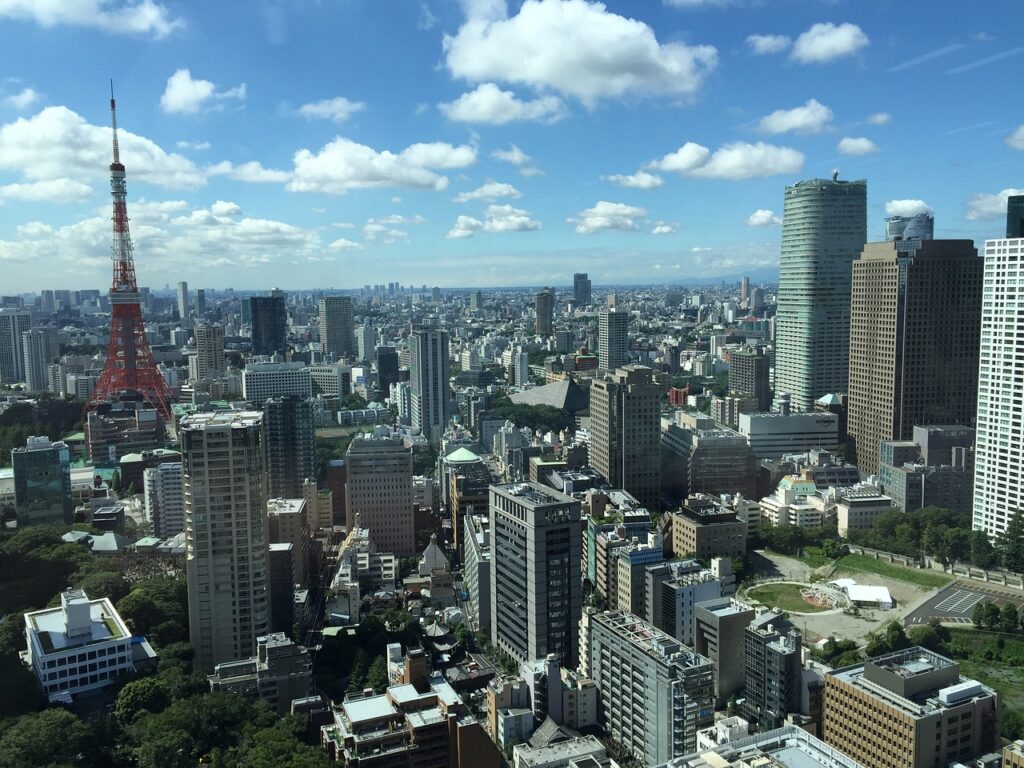
Trains The issue of crowded trains in Japan can be attributed to the high population density and concentration in urban areas, as well as the high reliance on public transportation. In major cities like Tokyo and Osaka, many people use trains to commute to work or school, especially during the morning and evening rush hours, leading to extreme congestion.
1. High Population Density and Urban Concentration
Many people in Japan live and work in urban areas. This leads to large numbers of people needing to move in the same direction at specific times, especially during commuting hours, resulting in crowded trains.
2. Convenience of Public Transportation Japan’s public transportation
system is highly developed, and many people prefer using trains over cars. This is due to the convenience and cost-efficiency of train travel.
Problems Caused by Crowded Trains
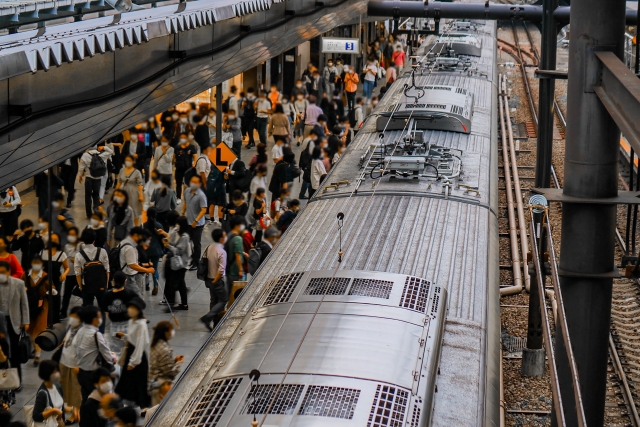
Crowded trains create a wide range of problems, such as impacts on passengers’ health and comfort, increased commuting stress, and a rise in opportunities for crimes like groping. The experience can be particularly uncomfortable on hot summer days or cold winter days when many passengers are crammed into a limited space.
Solutions for Crowded Trains

Given the causes and problems associated with crowded trains, they have become a significant issue for many people. The Japanese government is currently considering the following measures to alleviate crowded trains:
1. Expansion and Improvement of Infrastructure
Increasing the frequency of trains and the number of carriages can increase the number of people transported at one time. Expanding station platforms and entrances/exits can also help alleviate congestion.
2. Introduction of Telework and Flextime
By adopting telework and flextime, companies can help distribute the peak of rush hours.
3. Balanced Development Between Regions
To reduce the concentration of people in urban areas, promoting the development of regional cities and creating job and living opportunities in these areas is also crucial. These solutions require long-term planning and investment but are essential for enhancing the sustainability and comfort of Japan’s public transportation system.
Summary
We have introduced the causes, problems, and potential solutions for crowded trains in Japan. The phenomenon arises due to a complex interplay of factors such as high population density and corporate culture, and it’s a fact that there are people who suffer because of it. A fundamental solution to crowded trains requires organizing the infrastructure, but starting with relatively easy-to-implement measures such as the introduction of remote work and flextime could hopefully contribute to alleviating crowded trains.



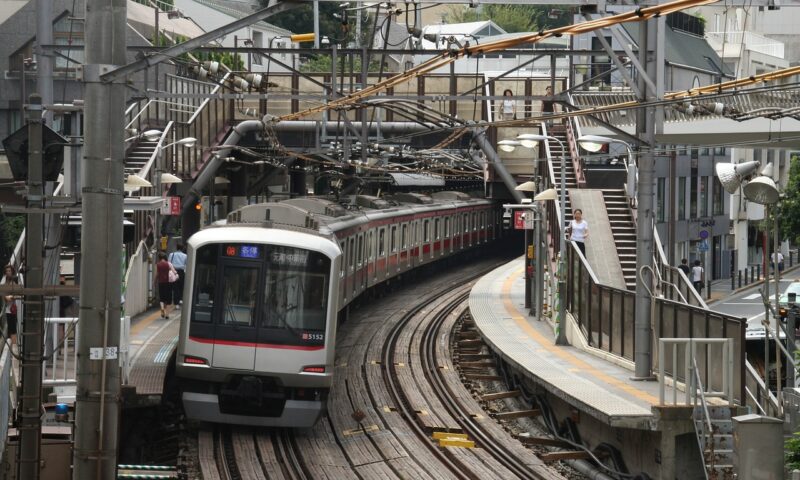
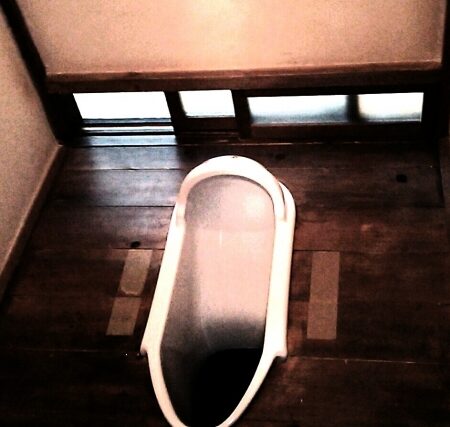

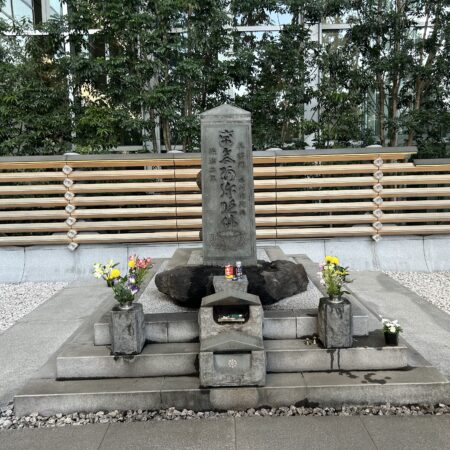
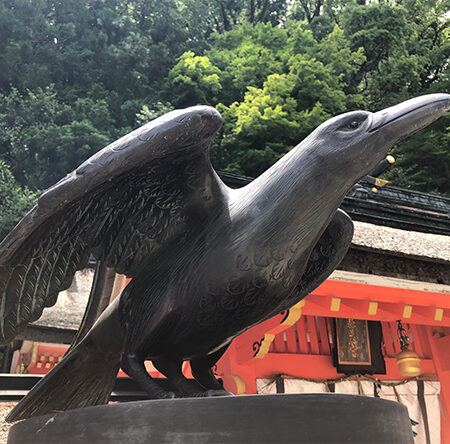
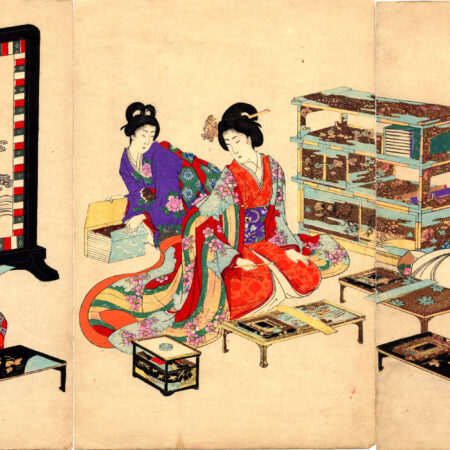

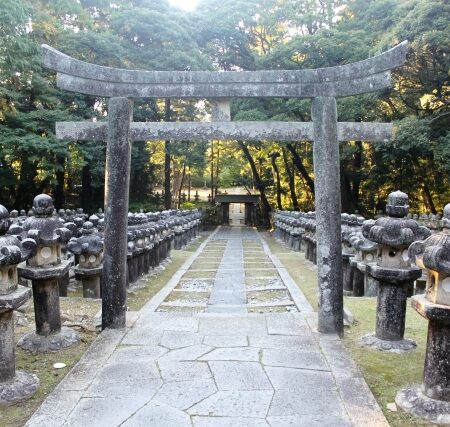






コメント